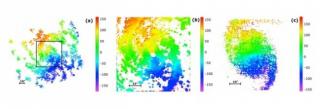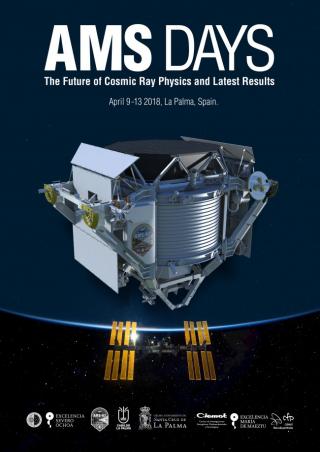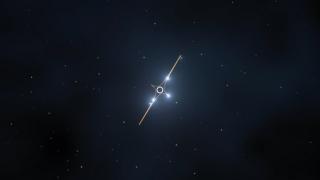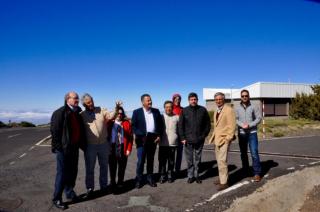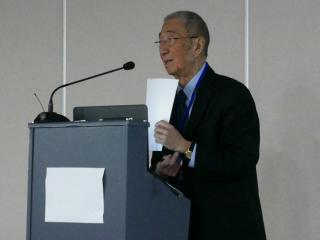
The Nobel Laureate Samuel Ting presided over the inaugural talk at the conference at which, during this week, the Alpha Magnetic Spectrometer (AMS) collaboration will meet this week. The AMS is an instrument installed on the International Space Station dedicated to the study of cosmic rays, dark matter, and the search for traces of antimatter in the very early Universe.
Advertised on
